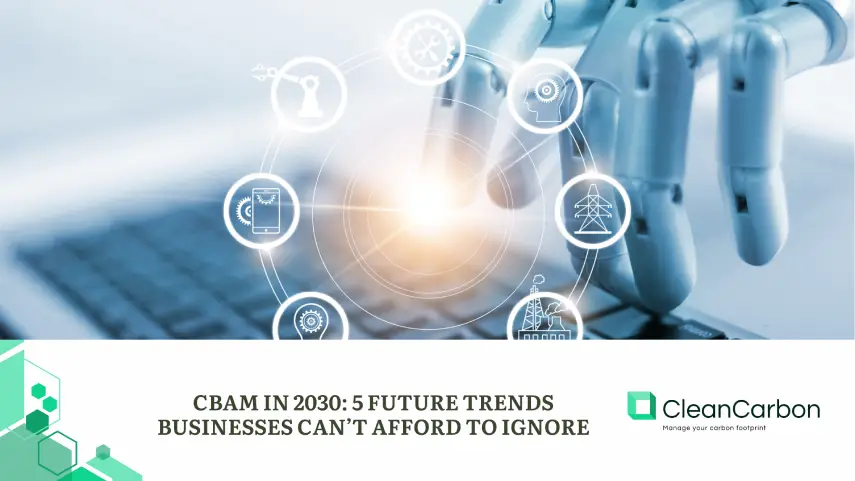CBAM in 2030: 5 Future Trends Businesses Can’t Afford to Ignore
The Carbon Border Adjustment Mechanism (CBAM) is just getting started—but the next 5-10 years will transform it from an EU policy into a global trade revolution. Here’s what’s coming, and how savvy companies are preparing today.
1. Expansion to New Sectors (Beyond Steel & Cement)
2024 Reality:
Covers 6 sectors (steel, aluminum, cement, fertilizers, hydrogen, electricity)
2030 Forecast:
📌 Likely additions:
- Chemicals (ethylene, ammonia)
- Plastics (especially virgin polymer production)
- Transport (aviation, shipping fuels)
- Consumer goods (embedded emissions in autos, electronics)
Why? The EU’s “Fit for 55” plan requires 62% emissions cuts by 2030—narrow sector coverage won’t suffice.
Action Item: Conduct product-level carbon audits now to identify future exposure.
2. The "Carbon Pricing Club" Emerges
2024 Reality:
EU acts alone, facing WTO challenges
2030 Forecast:
🌍 Alliance forming:
- UK & Canada launch CBAM-like systems by 2026
- US adopts hybrid model (tax credits + import fees)
- Japan/S.Korea join to protect auto/tech exports
Result: A de facto carbon trade bloc controlling 60% of global GDP. Non-members face stark choices: decarbonize or lose access.
Action Item: Map trade flows to “club” vs non-club markets—diversify strategically.
3. Digital CBAM: Blockchain & AI Enforcement
2024 Reality:
Manual emissions reporting (error-prone, slow)
2030 Forecast:
⚡ Tech-driven compliance:
- Smart contracts auto-calculate CBAM fees
- Blockchain verifies supply chain emissions in real-time
- AI auditors flag discrepancies in submissions
Game changer: The EU’s Digital Product Passport initiative will feed directly into CBAM systems.
Action Item: Pilot digital MRV (Measurement, Reporting, Verification) tools with tier-1 suppliers.
4. Carbon Tariff Wars & Geopolitical Realignments
2024 Reality:
2030 Forecast:
💥 Escalation scenarios:
- China imposes “green counter-tariffs” on EU luxury goods
- G20 split: Climate-aligned vs. resistance blocs
- WTO crisis as cases backlog
Wildcard: Could the Global South create its own climate trade rules?
Action Item: Build political risk buffers—localize production where possible.
5. From Cost Center to Competitive Weapon
2024 Reality:
Companies see CBAM as compliance headache
2030 Forecast:
🏆 Winners will:
- Use low-carbon premiums to gain market share
- Monetize verified clean materials as B2B differentiators
- Access green financing at preferential rates
Case Study: Swedish steelmaker SSAB charges 20% premium for fossil-free steel—and sells out years in advance.
Action Item: Develop CBAM-as-a-service offerings to help customers decarbonize.
The 2030 Preparedness Checklist
1️⃣ Future-proof compliance: Assume 3x more products will be covered
2️⃣ Tech investments: Budget for AI/blockchain carbon accounting
3️⃣ Geopolitical hedging: Dual-track strategies for aligned/resistant markets
4️⃣ Talent pipeline: Hire carbon traders + policy analysts
5️⃣ Storytelling: Turn compliance into marketing advantage
CBAM won’t just adapt to the future—it will actively shape it. Companies that proactively engage with these trends will transition from rule-takers to standard-setters.
Which trend will impact your industry most? Let’s discuss in the comments.


